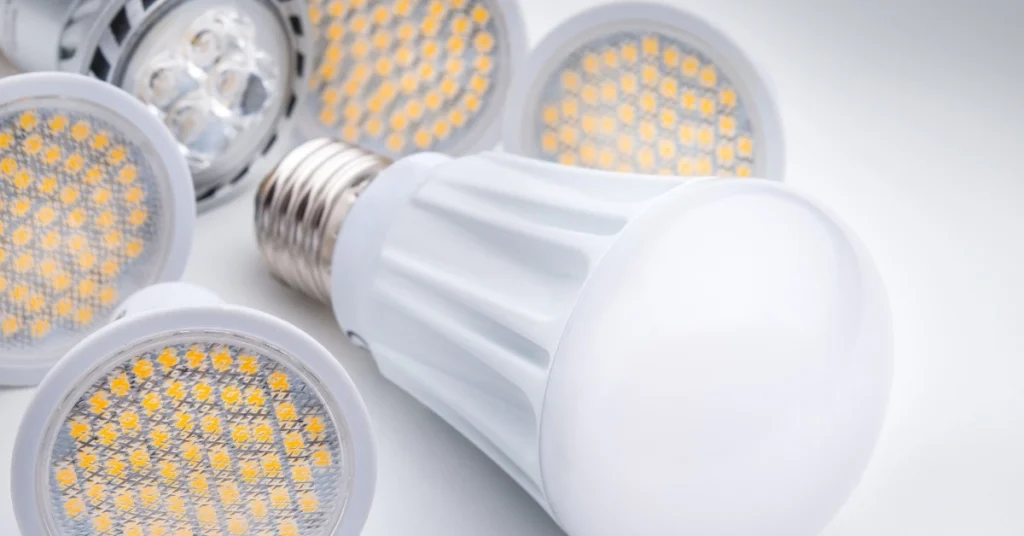What are the main parameters of LED lamps? What are the units of lamp parameters?
When introducing LED lamps, many parameters are usually involved. Comparison of these parameters is very helpful for analyzing product performance and characteristics. So what are the main parameters of these LED lamps?
1. Brightness: The brightness of LED lamps can be compared in lumens (lm) as the unit. Indicates the total amount of visible light emitted by the LED lamp per unit time. Higher brightness means higher lighting effect. The luminous flux is mainly determined by the luminous efficiency and power of the LED lamp.
2. Color temperature: The color temperature of LED lamps is measured in Kelvin (K). Lower color temperatures typically produce warm white light, while higher color temperatures produce cool white light. Conventional color temperatures include warm white light (2700-3200k), natural light (4000-4500K), positive white light (6000-6500K), and cool white light (7000-7500k). Warm white light is suitable for creating a warm atmosphere, while cool white light is suitable for places requiring higher brightness.
3. Power: Indicates the power consumption of the LED light, the unit is watt (W). For LED lights with the same brightness, the lower the power, the higher the energy efficiency of the lamp, which can better save energy. For example, in a larger space, you can choose higher-power LED lights to improve the lighting effect.
4. Current: The unit is Ampere (A), which represents the current flowing through the LED light. The size of the current directly affects the brightness and light efficiency of the LED lamp.
5. Voltage: Indicates the operating voltage of the LED light, the unit is volts (V). Different LED lights have different operating voltage ranges. Choosing LED lights that meet the operating voltage can ensure their normal operation and improve safety.
6. Light efficiency: Indicates the luminous efficiency of LED lights, the unit is lumens/watt (Lm/w). The higher the value, the better the energy-saving effect of the lamp and the lower the power consumption. When choosing LED lights, you can choose lamps with higher light efficiency to achieve energy saving and emission reduction.
7. Color reproduction index (CRI): CRI is used to measure the ability of a light source to restore the true color of an object, and is usually rated between 0 and 100. Fixtures with a high CRI mean more accurate color reproduction.
8. Protection level/IP level: If the LED lamps will be used in outdoor environments, the protection level/IP level will be a very important parameter. A higher protection level indicates that LED lamps have better waterproof and dustproof performance. Usually the protection level of outdoor lamps requires IP65 or above.








